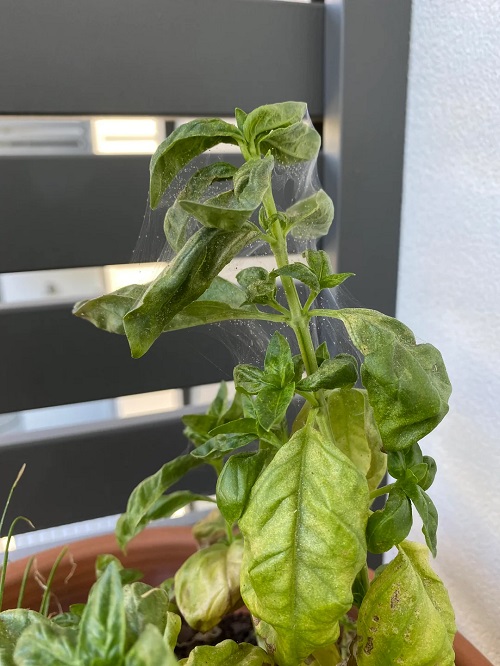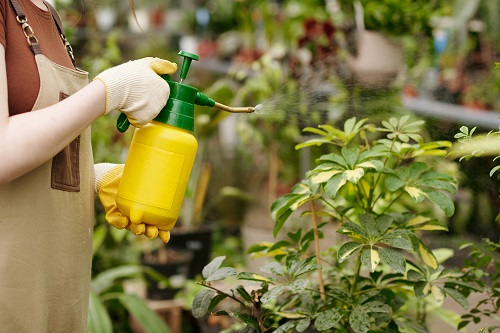Detecting Early Signs of Spider Mites is the best way to stop the spread of these pesky pests that can cause the death of your plants.
Keeping your eyes open for the Early Signs of Spider Mites is important as these minute pests, barely visible to the naked eye, can cause discoloration, speckled leaves, and, ultimately, the demise of your favorite plants.
Here’s how you can use Apple Cider Vinegar for pests
Early Signs of Spider Mites
1. Yellow or Brown Spots on Leaves
Spider mites often cause tiny yellow or brown spots on plant leaves. These spots are a result of the mites feeding on the plant cells.
2. Fine Webs on Plants
One of the most noticeable signs of a spider mite infestation is the presence of fine, silky webs on the underside of leaves or between leaves. These webs protect the mites from predators and environmental elements.
3. Visible Mites and Eggs
With a magnifying glass, you might see tiny spider mites and their eggs on the underside of leaves. They are usually red, green, yellow, or brown.
4. Dusty Appearance of Leaves
A dusty or dirty appearance on leaves can signify a heavy mite infestation.
5. Shrielived Leaves
Curled leaves, commonly termed as “shriveling leaves,” indicate that spider mites have affected the plant, leading to symptoms like leaf curling.
How to Get Rid of Aphids on Indoor Plants | 17 Effective Tips
Controlling Spider Mites
Controlling spider mites requires a strategic approach. Once you’ve detected their presence, here are steps to manage and eliminate these pests effectively:
Immediate Steps
- Isolate Infected Plants: If possible, isolate the affected plants to prevent the mites from spreading to healthy plants.
- Prune Affected Areas: Carefully prune and dispose of heavily infested leaves or branches. This helps reduce mite populations.
- Increase Humidity: Spider mites thrive in dry conditions, so increasing humidity around your plants can help deter them. Mist your plants regularly or use a humidifier.
Getting Rid of Spider Mites
Spider mites transfer through eggs, from the surroundings, or the infected plants you buy from the nursery. They survive the winters in the egg stage and thrive in warm weather. They prefer hot and dry conditions around them and become active in the spring and summer. In a hot climate, their life cycle continues year-round.
- Introduce Natural Predators: Biological control involves introducing natural predators like ladybugs, lacewing larvae, or predatory mites, which feed on spider mites.
- Use Organic Miticides: There are several organic miticides available, such as neem oil, insecticidal soaps, or horticultural oils. These should be applied as per the manufacturer’s instructions.
- Home Remedies: A homemade solution of mild dish soap mixed with water can be effective. Spray it on the plants, focusing on the undersides of the leaves.
For more details, read our fantastic article on getting rid of spider mites here
Aftercare
- Regular Monitoring: Regularly check your plants for signs of spider mites, especially during hot, dry conditions.
- Maintain Plant Health: Keep your plants healthy through proper watering, fertilizing, and grooming. Healthy plants are less susceptible to pest infestations.
- Clean Garden Tools: Regularly clean your gardening tools to prevent the spread of mites to other plants.
- Maintain Humidity: Do not keep the plants in dry hair, as spider mites thrive in such environments.




